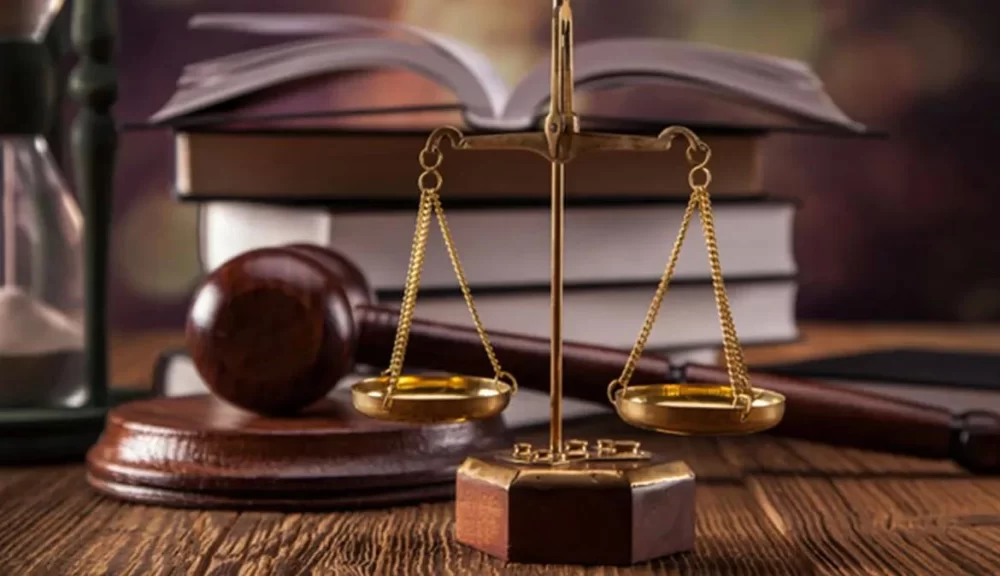
- Understanding-Boundary-Disputes
- Legal-Methods-For-Resolving-Boundary-Disputes
- Practical-Steps-To-Manage-Boundary-Conflicts
- Real-Life-Cases-Of-Boundary-Disputes
- When-To-Seek-Professional-Legal-Help
Understanding Boundary Disputes
Boundary disputes occur when two or more property owners disagree over the precise limits of their land. These disagreements can arise from unclear property lines, missing or outdated boundary markers, or even changes in the landscape over time. Understanding how to resolve boundary disputes legally requires first grasping the nature of these conflicts and the legal principles that apply.
Most boundary disputes stem from ambiguous deeds or surveying errors. For example, if a fence is built slightly beyond one’s property line, neighbors may dispute ownership of the land on either side. Such conflicts can escalate, causing tension and impacting property values, which makes timely resolution essential.
Common Causes of Boundary Disputes
Several factors can trigger these disputes, including:
- Inaccurate Property Descriptions: Old deeds or surveys might use vague descriptions or outdated measurements.
- Encroachments: When a structure, fence, or driveway extends beyond a property line.
- Natural Changes: Erosion, shifting river courses, or tree growth altering visible landmarks.
Legal Methods for Resolving Boundary Disputes
Resolving boundary disputes legally involves various approaches designed to clarify ownership and settle disagreements fairly. Here are the main legal methods commonly used:
1. Reviewing Property Deeds and Surveys
The first legal step is to consult the official property deeds and recent surveys. These documents provide the foundational evidence of boundaries recognized by law. A professional land surveyor can often help clarify any uncertainties by physically marking the legal boundaries on-site.
2. Negotiation and Mediation
Before heading to court, many disputes are resolved through direct negotiation or mediation. This method encourages the parties to communicate and find a mutually agreeable solution with the help of a neutral third party. Mediation is less costly and time-consuming than litigation and often preserves neighborly relations.
3. Litigation and Court Resolution
If negotiation fails, legal action may be necessary. Courts will examine evidence such as deeds, surveys, and witness testimony to make a binding decision. While this provides a definitive resolution, litigation can be expensive and stressful, so it’s typically a last resort.
Practical Steps to Manage Boundary Conflicts
Beyond legal methods, several practical steps can help manage and resolve boundary disputes more smoothly.
1. Open Communication
Often, boundary conflicts worsen due to poor communication. Approaching neighbors calmly and discussing concerns openly can prevent misunderstandings. Expressing willingness to collaborate can set the tone for an amicable resolution.
2. Document Everything
Maintain thorough records of all communications, surveys, and attempts at resolution. This documentation can be crucial if the dispute escalates to legal proceedings.
3. Hire Professionals
Engaging a licensed surveyor ensures an accurate, legally recognized boundary line. Consulting legal experts familiar with property law can provide guidance tailored to your specific case.
Real-Life Cases of Boundary Disputes
Consider the story of a homeowner who discovered their neighbor had extended a garden shed onto their land. After attempting friendly talks, the homeowner consulted a land surveyor who confirmed the encroachment. With this evidence, the homeowner approached the neighbor with a clear resolution proposal involving relocating the shed. This case highlights the power of professional surveys and good faith negotiations.
Another example involved two commercial property owners disputing a parking lot boundary. The disagreement escalated to court, where evidence from both sides was reviewed extensively. The court’s ruling, based on historic property deeds and expert surveys, ultimately resolved the matter, though the process was lengthy and costly—illustrating why early negotiation is preferable.
When to Seek Professional Legal Help
Knowing when to engage a legal professional is vital in effectively handling boundary disputes. If informal discussions fail or the dispute involves significant property value or legal complexity, professional assistance becomes essential.
Lawyers specializing in property disputes can analyze your case, review documents, and negotiate with the opposing party or represent you in court if necessary. For tailored support and to explore the best legal solutions, visiting ESPLawyers can connect you with experts who understand the nuances of boundary dispute resolution and provide personalized advice.
Taking informed, professional steps not only protects your property rights but also preserves neighborly relationships and peace of mind in the long run.








